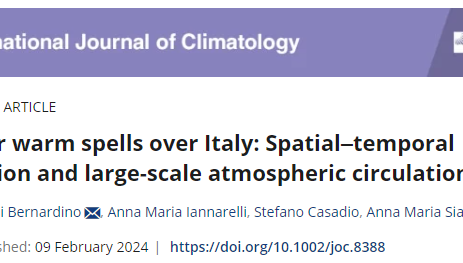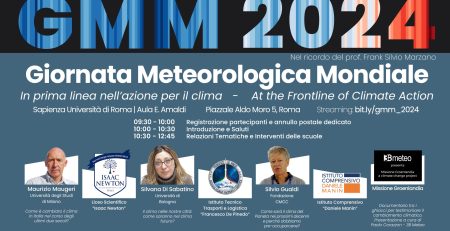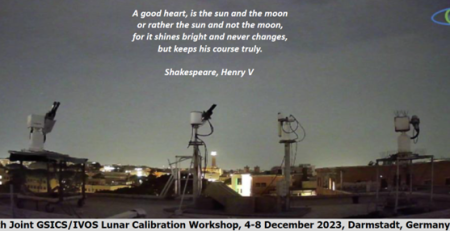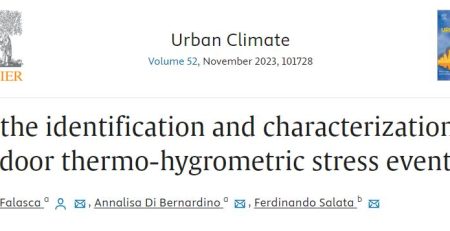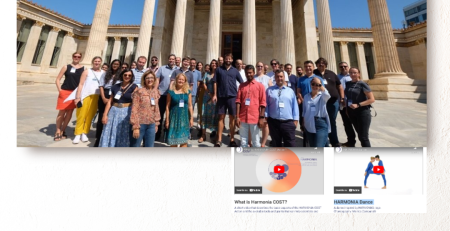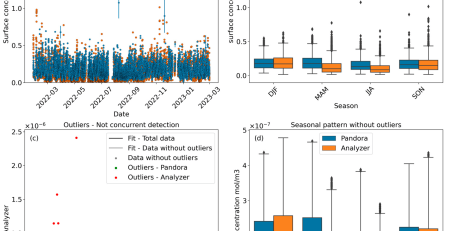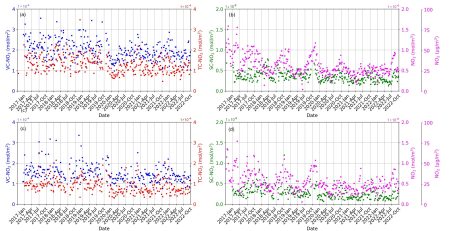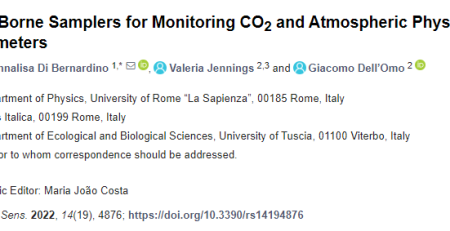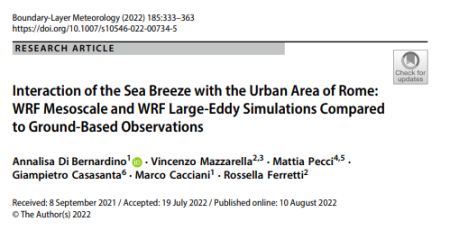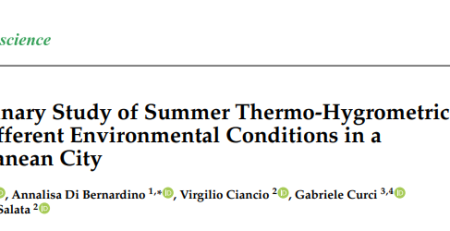Winter warm spells over Italy: Spatial–temporal variation and large-scale atmospheric circulation
One of the worst side effects of climate change, linked to rising temperatures, is the increased frequency of unusual periods with high temperatures, namely heatwaves, throughout the year.
During winter, heat waves give rise to the so-called winter warm spells (WWS), that is, periods characterized by several days of very warm temperatures compared with climatological values.In this study, just published on the International Journal of Climatology, the WWS that occurred in central Mediterranean over the period 1993–2022 were analyzed, examining the daily maximum temperatures collected at eight airport sites located in the Italian Peninsula, belonging to different climate zones. WWS occurring over the entire Italian territory or only over northern/central/southern Italy have been identified and related to the peculiar synoptic conditions.It was found that December is the month most prone to WWS and, on average, WWS last 9.4 days in northern Italy, 6.6 days in central Italy, and 8.5 days in southern Italy. Over the period under investigation, the Italian Peninsula experienced only one common event characterized by persistent high-pressure systems associated with air subsidence over western Mediterranean and, therefore, with exceptional warming. Finally, it has been proven that the definition of WWS proposed by the Expert Team on Climate Change Detection and Indices (ETCCDI) allows to capture synoptic scale events but, in orographically complex areas such as Italy, underestimates moderate spells, which generally might have a duration of at least 3 days. Consequently, it is important to consider the possibility of reducing the period length threshold used for the detection of WWS when orographically heterogeneous regions are studied.









